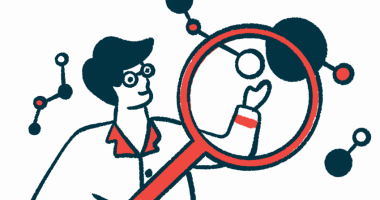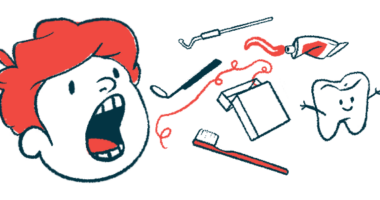Artificial Intelligence May Complement Literature Searches, Sjögren’s Syndrome Study Suggests

Artificial intelligence may complement — or even replace — manual search for researchers performing literature reviews, a new study suggests. The study, which used primary Sjögren’s syndrome as an example, also points out a need for more research on how the condition affects the skin.
The study, “Can artificial intelligence replace manual search for systematic literature? Review on cutaneous manifestations in primary Sjögren’s syndrome,” was published in the journal Rheumatology.
Literature reviews are a critical part of the scientific process. In a review, researchers will attempt to locate all of the published scientific studies involving a particular topic. By reading the breadth of available literature, researchers may draw conclusions that are more reliable than those from individual studies, and then summarize their findings in the review.
However, the process of locating all the available literature on a given topic can be quite challenging. Simply put, there are a lot of scientific studies, and more are being published every day. This means there is a risk of missing something relevant if a topic of interest is not well-studied, or, conversely, being utterly overwhelmed by the number of potentially relevant studies if a topic is well-studied. As the authors of the new study put it, this makes the process of conducting a review, “always tedious and time-consuming.”
Artificial intelligence (AI) may help to solve this problem because computers can sort through papers much more quickly. In the new study, researchers directly compared manual curation (selection and organization) of papers to curation using an AI program called BIbliography BOT (BIBOT) in order to do a review of skin manifestations of primary Sjögren’s syndrome.
To this end, researchers did a manual search using the scientific study database PubMed, wherein they searched the database using relevant keywords, then read study titles and abstracts to find applicable studies. The BIBOT search was done by feeding the same keywords used in the manual search into the BIBOT program, which then identified relevant papers.
The researchers then read all of the papers identified by these methods in their entirety in order to determine which were actually germane for their review.
In total, this resulted in 202 articles used for the review. Of these, 33 were identified only by the manual search, 14 were only identified by BIBOT, and the remaining 155 (77% of the combined results) were identified by both methods. So, both strategies identified many of the same studies.
However, BIBOT performed the search in three hours, whereas the manual search took four months, with the investigator working four hours a week.
“BIBOT proved very efficient while saving considerable time,” the researchers wrote. They also noted that, “combining the two methods may be the most efficient article retrieval strategy for a complex topic such as the one investigated here.”
Most of the identified articles were written by researchers in the United States or United Kingdom, and they were predominantly case reports.
As for their contents, researchers noted that the most common skin-related Sjögren’s syndrome complaints in the literature were xerosis (dry skin), cutaneous vasculitis (a type of skin/blood vessel inflammation), and annular erythema (a ring-shaped rash). However, in general, the quality of the studies was not super high — and again, most were case reports — limiting the conclusions that could be drawn.
“The scant information on the prevalence of cutaneous manifestation in pSS [primary Sjögren’s syndrome] is conflicting,” the researchers wrote, adding that, “further epidemiologic studies are needed to accurately determine the prevalence and prognostic significance of cutaneous manifestations in pSS.”






